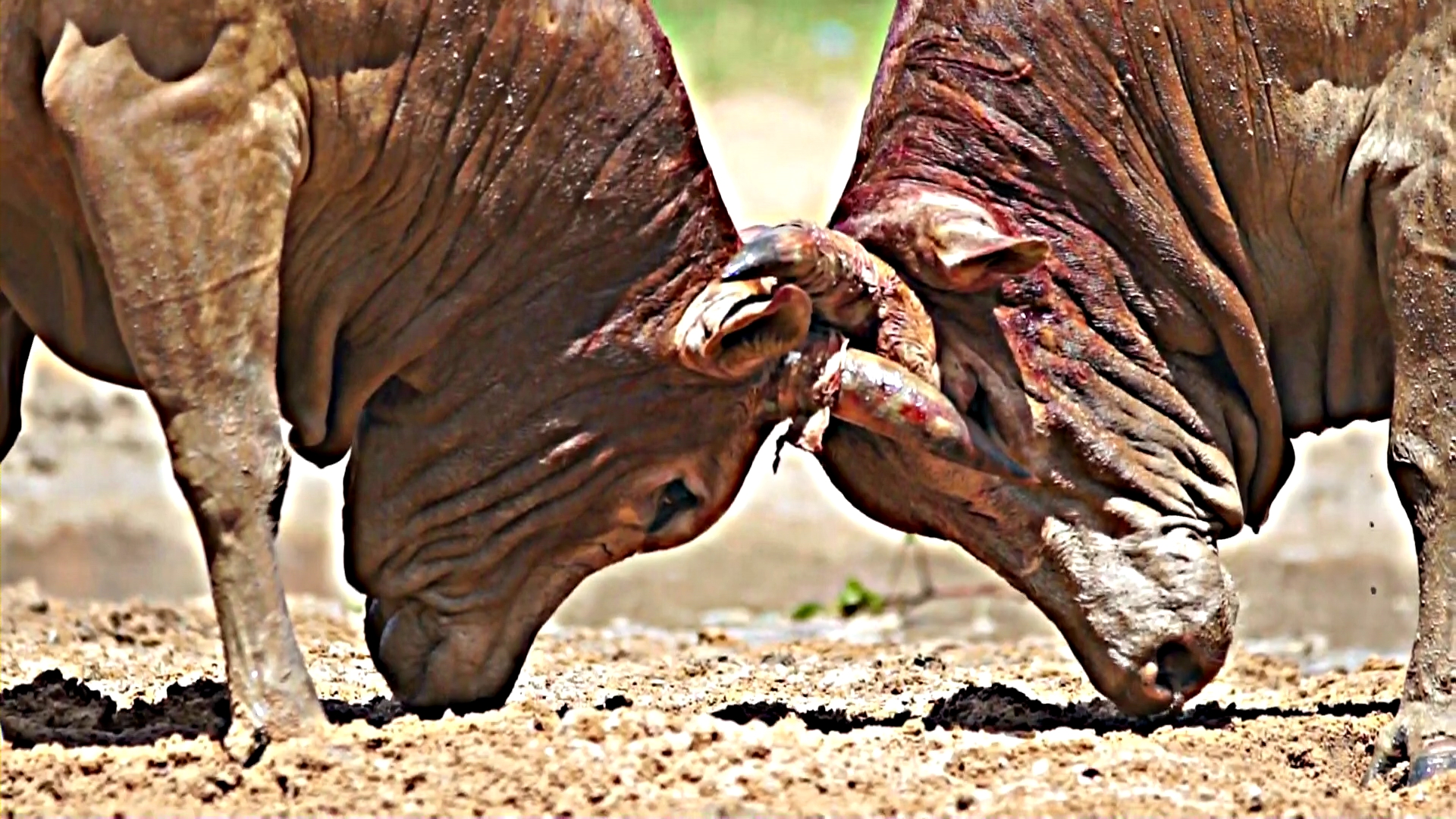
Mr. Suporn Shoosongdej

Abstract :
Thai bullfighting, a traditional form of entertainment in Thailand, has drawn criticism for its inherent cruelty to animals. This centuries-old custom puts two bulls against each other in a battle in which the bulls’ managers, who are humans, incite them to fight. Although bullfighting is a cultural heritage in some locations, calls for its abolition stem from concerns about the brutality and cruelty involved.
Thai bullfighting has historical roots and is commonly regarded as a symbol of courage and power. It is regarded as both entertainment and a demonstration of the bulls’ power and elegance. The battles are usually performed at festivals and other large gatherings, attracting crowds who want to see the animals fight.
Despite the sport’s traditional relevance, Thai bullfighting has been criticized for its harshness and violence against the bulls. Bulls are conditioned and infrequently driven into fighting, which frequently results in injury or even death. Critics say this practice breaches animal welfare standards and is inhumane.
The artist’s inspiration to delve into this topic likely stems from a deep curiosity about the human condition. By examining the interplay between willful ignorance. social norms and staring Artists strive to unravel hidden truths and encourage contemplation. Maybe personal experience cultural observation or the desire to challenge accepted narratives? might spark this exploration. In the realm of Thai bullfighting where tradition clashes with an unstable reality. The artist’s lens becomes an avenue for questioning, awareness and, ultimately, change.
Objectives :
- To create artwork in form of 2-Channels video installation.
- To prompt viewers to consider the negative consequences of ignoring hard truths.
- To examine the gaze in this context, consider how viewers engage with and are affected by the portrayal of violence on screen.
Conceptual Framework :
The concept behind the artwork “Eyes Wide Shut” serves as a potent metaphor—one that exposes the human tendency to avert our gaze from uncomfortable truths. When faced with realities that challenge our preconceived notions, we often choose willful ignorance, rejecting or ignoring what lies right before us.
Process / Methodology :
Gaze Theory in editing process: In the captivating arena of Thai bullfighting, gaze theory comes to life. This theoretical framework explores the intricate dynamics of spectatorship and power within this ancient cultural practice. By examining how viewers engage with and shape the performance, gaze theory sheds light on the audience’s influence over the entire bullfighting experience. From the combatants to the animals, the gaze we cast impacts the very essence of this tradition, revealing social, cultural, and power systems at play.
The “Violence Gaze”: While less established than the well-known “Male Gaze” in film studies, the “Violence Gaze” delves into how violence is portrayed and observed in media. In our context, the word “gaze” aptly describes how viewers interact with and are affected by violent scenes on screen. Beyond Thai bullfighting, gaze theories often revolve around power dynamics and the portrayal of specific subjects. Jean-Paul Sartre’s existentialist philosophy, for instance, discusses the “gaze of the other” as a source of self-awareness and guilt—an experience of becoming an object under another’s scrutiny. This concept can be extended to encompass the notion of a “Violence Gaze.”
The Artist’s Provocation: Within the combat space, the artist poses a crucial question: Why do people accept violent acts in our society and normalize them? This inquiry lies dormant within us, urging us to confront our complicity and challenge the norms that perpetuate violence. As the bulls bleed and the crowd watches, the artist invites viewer to open their eyes wide—to see beyond tradition and into the heart of our collective consciousness.
Techniques and Materials :
Techniques and Materials:
2-Channel Video Installation, Color, FULLHD Video, Sound
Duration: 8 minutes, Loop
Materials:
The footages were shot on 13 October 2012 at Ban Nam Krachai Bullfight Stadium, Moo. 2, Phawong Subdistrict, Mueang District, Songkhla Province. The bullfights are a unique cultural tradition in Thailand, and they are an essential part of the southern Thai culture. The bullfights are a form of entertainment and a way to showcase the strength and bravery of the bulls. Also, an ancient tradition in the southern region of Thailand, particularly in Songkhla province.
Result / Conclusion :
In conclusion, the gaze theory invites us to consider how we look, what we reveal, and the power dynamics that underpin our gaze. While Thai bullfighting has significant cultural traditions, the aggression and injuries inflicted on the bulls present serious ethical concerns. As society grows more conscious of animal welfare issues, it is critical to confront the ongoing practice of animal cruelty. We can endeavor to create a more ethical and compassionate society in which customs grow to reflect current ideas by instilling compassion and respect for all living beings.
References :
Clifford T. Manlove (2007). Visual “Drive” and Cinematic Narrative: Reading Gaze Theory in Lacan, Hitchcock, and Mulvey. Cinema Journal 46, No.3 Spring 2007. pp. 83-108 (26 pages) Published By: University of Texas Press. (online) Retrieved 30 March 2024 from https://www.jstor.org/stable/30130530
Melody Kemp (2015). Bullfights, Thai-style. Asia Literary Review. (online) Retrieved 30 March 2024 from https://www.asialiteraryreview.com/bullfights-thai-style
Hella Cohen & Sreyoshi Sarkar. (2021). Introduction: Visualizing Violence, Interventions. Vol. 23, No.5, pp. 665-668. International Journal of Postcolonial Studies. (online) Journal. Retrieved 30 March 2024 from https://doi.org/10.1080/1369801X.2021.1885470
Briana Terry (2016). Thai Bullfighting, St. Edwards University Documentary Photography. (online) Journal. Retrieved 30 March 2024 from https://sites.stedwards.edu/thailand2016/projects/thai-bullfighting/
ขจรจิต บุนนาค. (2011) “ความขัดแย้ง VS ความรุนแรง”. วารสารนักบริหาร. ปีที่ 31 ฉบับที่ 3 (2554) สำนักพิมพ์ มหาวิทยาลัยกรุงเทพ: น.136-144
รงค์ บุญสวยขวัญ. (2016) การเมืองของการพนันวัวชนภาคใต้. วารสารมนุษยศาสตร์ และสังคมศาสตร์, มหาวิทยาลัยราชภัฎสุราษฎร์ธานี. ปีที่ 8 ฉบับที่ 3 กันยาน-ธันวาคม 2559 สืบค้นเมื่อ วันที่ 25 กุมภาพันธ์ 2567 จาก https://e-journal.sru.ac.th/index.php/jhsc/article/view/544/pdf_220